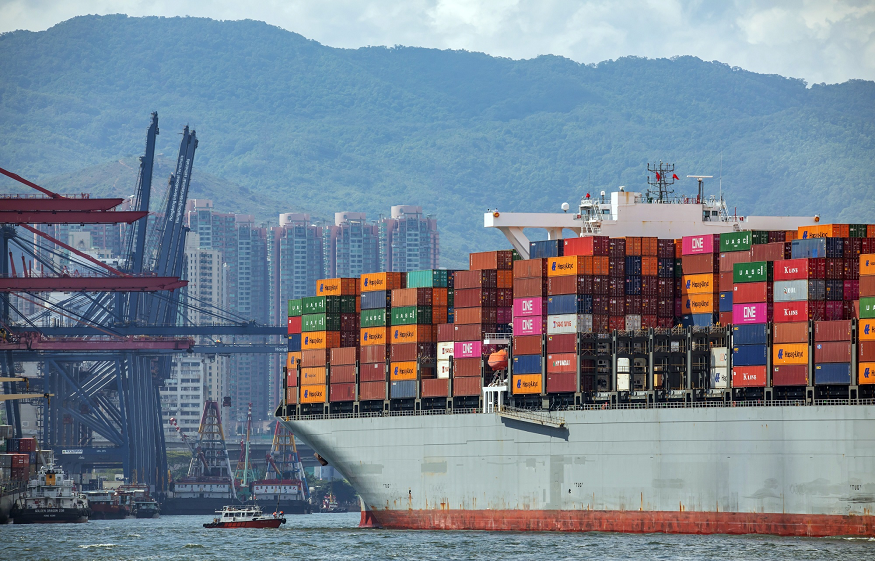
It’s time to choose shipping containers to store your goods. They are safe and able to withstand the vagaries of nature much longer than their cardboard counterparts. Cardboard boxes have a specific tensile strength, and if the pressure exerted per square millimeter on them is greater than the tensile strength, they will be damaged along with the goods in them.
You will find that they come in various sizes and shapes.
One important thing to remember is the size of these shipping containers. Your outside measurements determine your measurements. As a rule, the width and height of the standard model is about eight feet and twenty feet long. It is essential to understand, especially if you plan to store bulky items inside them. The sides of these containers are quite strong; don’t be surprised if you find them four inches thick.
Your best bet is to ask the organization you rent them from for the internal dimensions. It will help you know the exact number of cubic feet of storage space you will receive. You must ensure that the door opens from the outside and not from the inside. If the door opens inward, you may miss out on a lot of interior space.
The gate area should be at least two inches larger than the largest object you plan to pass through. It will give you enough leeway to hold the item in question. Another important point is the maximum carrying capacity of the sea containers you plan to buy or rent. Most people make the mistake of planning this step incorrectly and end up with shipping containers that are smaller than their actual needs.
There are specific laws governing these boxes’ shipping weight, and you should be familiar with them. They will help you determine the correct size of shipping containers you need. There is a technical term that you must understand, and that is “container.” It is the weight of empty shipping containers. The weight and the items you store inside make up the total weight. While you can find these storage boxes in various sizes, the most common are SCF 20ft shipping containers and 40 feet long.
These standard sizes make loading and unloading shipping containers on ships, planes, and trains easier. The advantage of standard sizes is that a person can easily determine the amount of product packed inside. However, you should choose a smaller one, especially if the amount of items you plan to store inside doesn’t require much.
Conclusion
You must ensure that the price quoted by the organization includes delivery of the same to your location. You also need to ensure that the organization you buy or rent shipping containers from allows you to place them on the truck’s left, right, or front.

